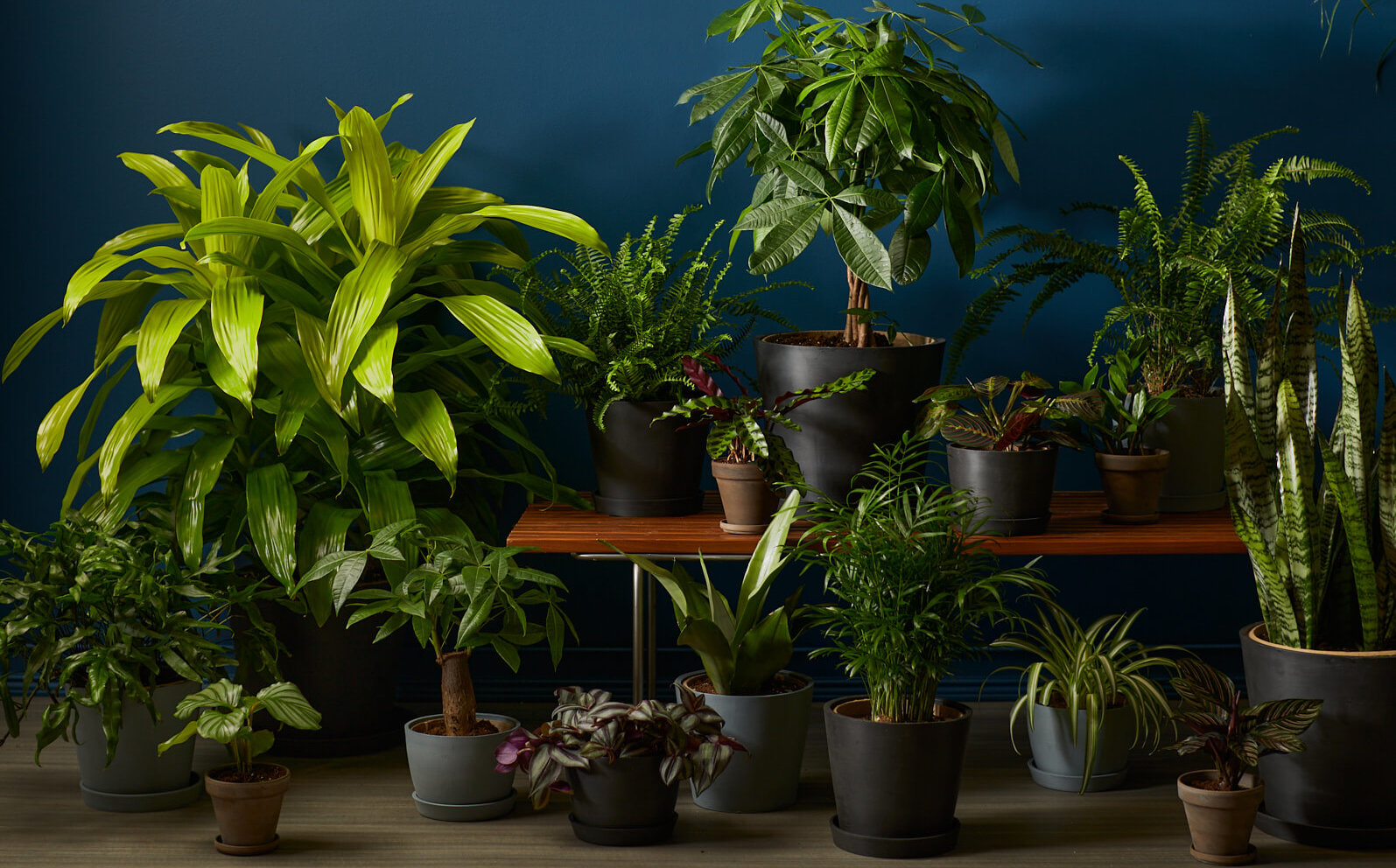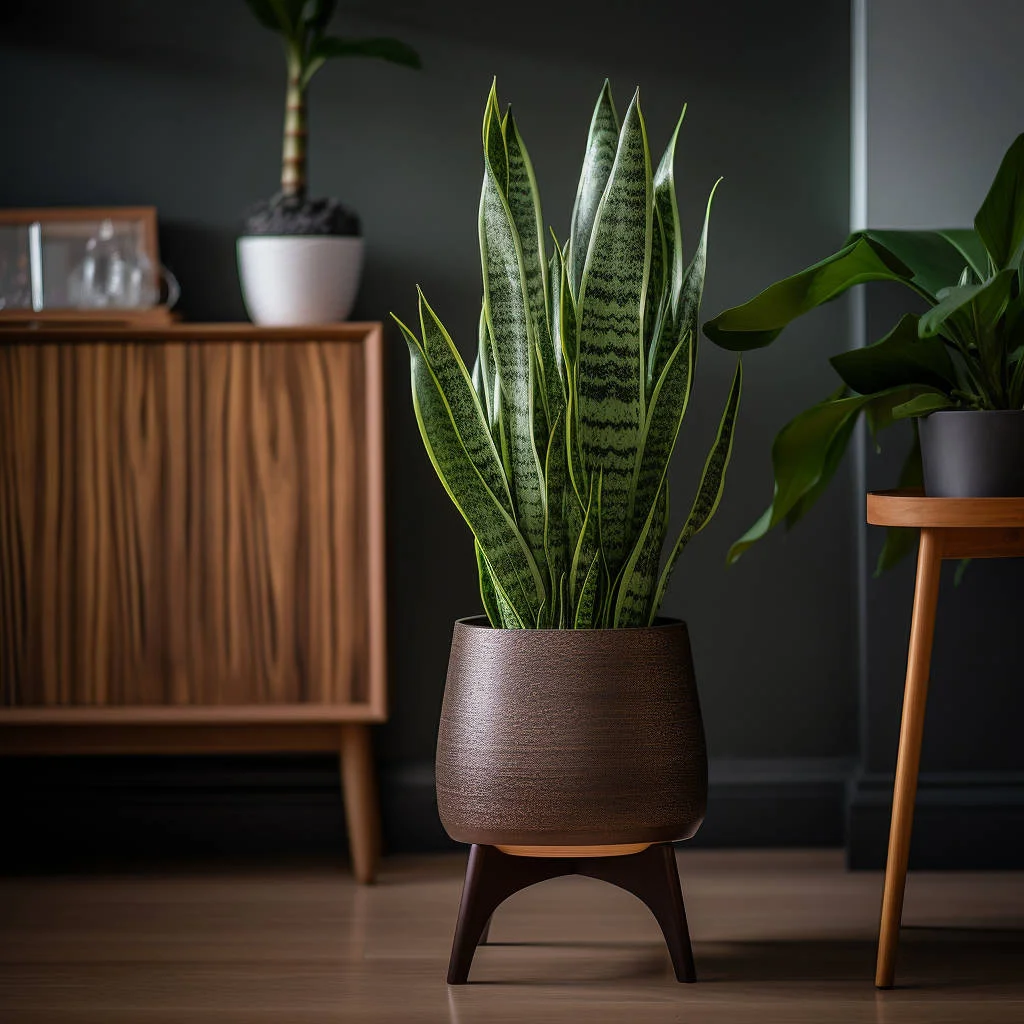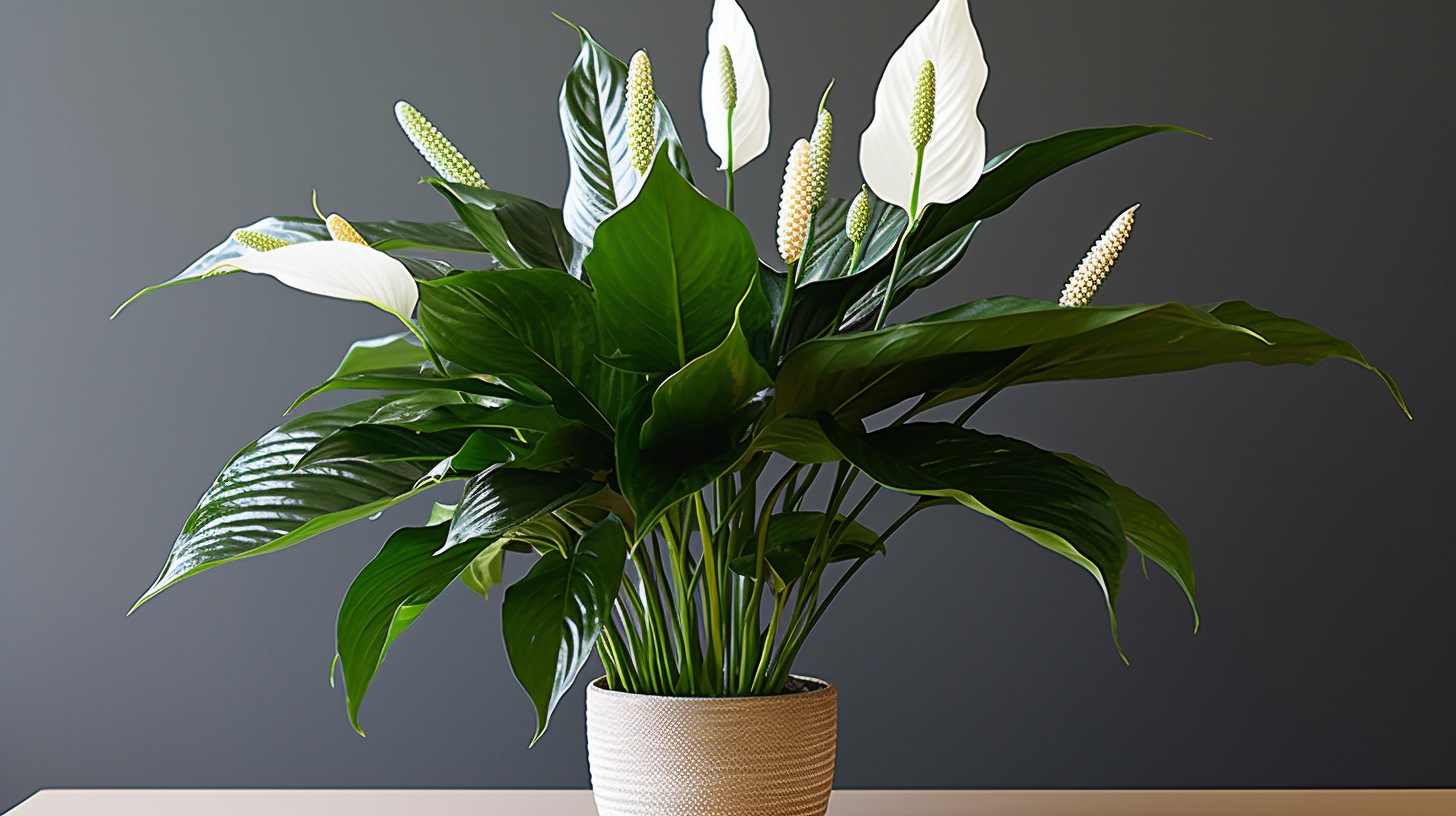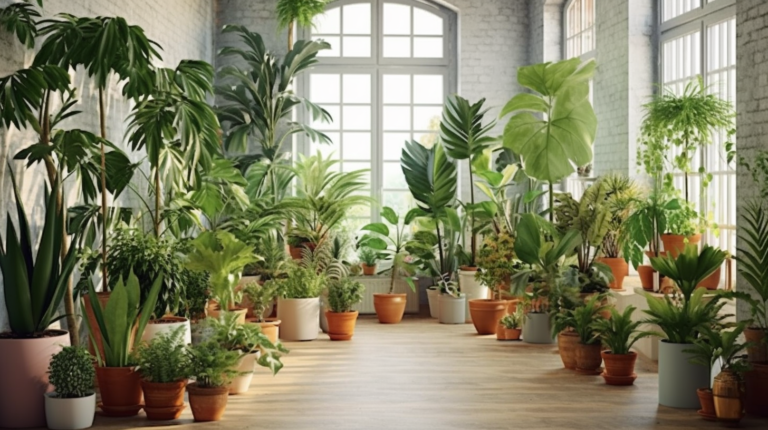Contents
Introduction
Living in an apartment with limited natural light can be a bit of a challenge, especially if you’re itching to add some greenery to your space. The good news? There are plenty of plants that absolutely thrive in low-light conditions, making it easy for anyone to create a lush, vibrant indoor garden—even if your windows don’t let in much sun.
In this guide, we’re diving into the best plants for apartments with low natural light. We’ll walk you through which plants are ideal for those darker corners of your home and offer some tips to keep them happy and healthy. Whether you’re a newbie to indoor gardening or a seasoned plant lover, finding the right plants can turn your apartment into a cozy green oasis. Plus, having plants around can boost your mood and improve air quality, making your living space more enjoyable.
So, if you’ve been struggling to keep plants alive or you’re simply looking for the perfect greenery to brighten up your apartment, keep reading. We’ve got the scoop on the best low-light plants that’ll thrive even if your home doesn’t have a lot of natural sunlight.
Understanding Low Light Conditions
When we talk about low light conditions in your apartment, we’re referring to those spots that don’t get a lot of direct sunlight. This might be areas away from windows, rooms that face the shady side of the building, or spaces where sunlight only trickles in during certain times of the day.
So, what exactly is low light? It’s not as dramatic as it sounds—it simply means that your space might not get enough direct sunlight for most plants to grow as they would in a sun-drenched garden. Instead of bright, sunny rays, you’re dealing with softer, indirect light that can be challenging for many plants. But don’t worry; there’s still plenty of greenery that loves these conditions!
If you’re unsure whether you have low light, look out for a few telltale signs. Plants in low light often stretch out their stems and get leggy as they reach for more light. Their leaves might also become pale or yellow because they’re not getting the energy they need to thrive. These are good clues that you might need to choose plants that are more tolerant of low-light situations.
In this section, we’ll break down what low light really means for your plants and how you can tell if your space fits the bill. Knowing these basics will help you pick the perfect plants that will not only survive but actually thrive in your apartment’s lighting conditions.
Characteristics of Plants Suitable for Low Light
When it comes to choosing plants for those dim corners of your apartment, you’ll want to look for certain characteristics that make them well-suited for low light conditions. Not all plants are created equal, and some are just naturally better at handling less sunlight.

First off, adaptability is key. Plants that do well in low light are typically those that have evolved to thrive in the shade of dense forests or under the canopy of larger plants. They’re not as demanding when it comes to light and can make the most of the soft, indirect rays they receive.
Next, low maintenance needs are a big plus. In low light conditions, plants often grow more slowly, so they don’t need as much watering or fertilizing as those in brighter spots. This makes them perfect for busy folks who might not have a lot of time to fuss over their greenery.
These plants usually have a few common traits:
- Thick, waxy leaves: These can help them store water and cope with lower light levels.
- Slow growth: They don’t need to rush to grow, so they can thrive on less light.
- Tolerance for neglect: They’re forgiving if you forget to water them or if they don’t get regular attention.
Understanding these characteristics can help you pick plants that will not only survive but actually look great in your less-than-sunny spaces. With the right selection, you can enjoy a lush, green apartment even if natural light is at a premium.
Best Plants for Low Light Apartments
Finding the right plants for low light areas in your apartment can transform those dim spaces into vibrant spots full of greenery. Let’s dive into some of the best options that are not only easy to care for but also thrive in low-light conditions. Each of these plants has unique features that make them ideal for brightening up even the darkest corners of your home.
- Snake Plant (Sansevieria)
- Description: Also known as the mother-in-law’s tongue, this plant features tall, upright leaves with striking patterns. It’s a hardy plant that can handle a wide range of lighting conditions, but it particularly excels in low light.
- Care Tips: Snake Plants are super low-maintenance. They only need occasional watering and can tolerate neglect, making them perfect for busy lifestyles. Just make sure they don’t sit in soggy soil.
- Benefits: Aside from being easy to care for, Snake Plants are great at purifying the air by removing toxins, making your apartment healthier.

- Pothos (Epipremnum aureum)
- Description: Pothos are known for their trailing vines and heart-shaped leaves. They come in various colors and patterns, adding a touch of beauty to any space.
- Care Tips: This plant is incredibly forgiving and can grow in low light. It’s ideal for beginners because it only needs water when the soil is dry and doesn’t mind if you forget to water it occasionally.
- Benefits: Pothos are not only attractive but also very effective at purifying indoor air. Plus, they’re easy to propagate, so you can grow more plants from cuttings.
- ZZ Plant (Zamioculcas zamiifolia)
- Description: ZZ Plants have shiny, dark green leaves and a unique, waxy texture. They’re known for their tough nature and ability to thrive in low light.
- Care Tips: ZZ Plants prefer to be on the dry side, so they don’t need frequent watering. They can handle low light but will grow a bit slower in those conditions.
- Benefits: ZZ Plants are incredibly low-maintenance and can survive with minimal light and water, making them perfect for those less sunny spots.
- Peace Lily (Spathiphyllum)
- Description: Peace Lilies have beautiful white flowers and glossy green leaves. They’re well-suited for low light and can add an elegant touch to any room.
- Care Tips: They do well in low light but need consistent moisture. Keep the soil moist but not waterlogged, and they’ll thrive. They also enjoy occasional misting.
- Benefits: Peace Lilies are excellent at removing indoor pollutants and can help improve air quality. Their blooms add a nice touch of color and elegance.

- Cast Iron Plant (Aspidistra elatior)
- Description: True to its name, the Cast Iron Plant is known for its robustness. It has dark green, glossy leaves that can tolerate a range of conditions, including low light.
- Care Tips: It’s incredibly low-maintenance. Water it when the top inch of soil is dry, and it will continue to thrive with minimal fuss.
- Benefits: Its durability and ability to thrive in neglect make it perfect for busy households. It’s also a great choice for areas with very low light.
- Chinese Evergreen (Aglaonema)
- Description: Chinese Evergreens come in various colors and patterns, adding a splash of style to your space. They’re perfect for low-light environments.
- Care Tips: They prefer to be kept in low to medium light and only need watering when the soil is dry. They’re also tolerant of occasional neglect.
- Benefits: They’re not only attractive but also effective at improving indoor air quality. Their easy care makes them ideal for any apartment.
- Philodendron
- Description: Philodendrons are versatile with heart-shaped leaves and trailing vines. They’re perfect for low light and can adapt to various conditions.
- Care Tips: They thrive in low to moderate light and need water only when the soil is dry. They’re very forgiving and can tolerate occasional neglect.
- Benefits: Philodendrons are low-maintenance and great at purifying the air, making them a fantastic choice for indoor spaces.
With these plant options, you can create a beautiful, green retreat in your apartment, even if natural light is limited. Each plant brings its own charm and ease of care, ensuring your space remains fresh and inviting.
Tips for Growing Plants in Low Light
Keeping plants healthy in low light conditions might seem tricky, but with a few smart strategies, you can ensure your greenery flourishes. Here are some handy tips to help your low-light plants thrive and make the most of the available light in your apartment.
- Choosing the Right Spot
- Best Locations: Place your plants where they’ll get the most indirect light. Near north-facing windows or in rooms that get filtered light is usually ideal. Avoid spots that are completely dark or receive only artificial light, as even low-light plants need some natural light to grow.
- Using Reflective Surfaces: Position plants near walls painted in light colors or surfaces that reflect light. This can help maximize the amount of light that reaches your plants, even in dim areas.
- Supplemental Lighting
- Grow Lights: If natural light is really scarce, consider using grow lights to supplement the light your plants receive. LED grow lights are energy-efficient and can provide the spectrum of light plants need to stay healthy.
- Placement and Duration: Position grow lights close to your plants (about 6-12 inches away) and use them for about 12-14 hours a day to mimic natural sunlight. This can help boost growth and keep your plants vibrant.
- Watering and Fertilizing
- Adjust Watering: Plants in low light conditions generally require less water because they grow more slowly. Allow the top inch of soil to dry out between waterings to prevent overwatering, which can lead to root rot.
- Fertilizing: Since growth is slower in low light, you don’t need to fertilize as often. Once every 6-8 weeks with a balanced, water-soluble fertilizer is usually sufficient. Over-fertilizing can harm plants, so err on the side of caution.
- Humidity and Temperature
- Maintain Humidity: Many low-light plants come from tropical regions and prefer higher humidity. Use a humidity tray or a room humidifier to keep the air moist, especially during the winter when indoor air can be dry.
- Optimal Temperature: Keep your plants in a temperature range that is comfortable for you, typically between 65-75°F (18-24°C). Avoid placing them near drafty windows or heat sources, as sudden temperature changes can stress the plants.
By following these tips, you can create a thriving environment for your low-light plants, ensuring they stay healthy and beautiful despite the limited natural light. With a bit of care and attention, you can enjoy a lush, green apartment that feels like a breath of fresh air.
Common Challenges and Solutions
Even the best plants can run into a few hiccups when they’re living in low-light conditions. Here are some common challenges you might face and how to tackle them to keep your plants happy and thriving.
- Pest Issues
- Common Pests: Low-light conditions can sometimes attract pests like spider mites, mealybugs, and aphids. These pests often target plants that are already stressed by their environment.
- Prevention and Treatment: Regularly check your plants for signs of pests, such as webbing, sticky residue, or discolored leaves. To prevent infestations, keep your plants clean by gently wiping the leaves with a damp cloth. If you spot pests, treat them with insecticidal soap or neem oil, which are effective and plant-friendly options.
- Overwatering
- Signs of Overwatering: In low light, plants typically need less water. Overwatering can lead to problems like root rot, yellowing leaves, and a musty smell. Check for soggy soil or wilting leaves, which can be signs of too much water.
- Solutions: To avoid overwatering, ensure your pots have drainage holes and let the top inch of soil dry out between waterings. If you suspect root rot, remove the affected roots and repot the plant in fresh, well-draining soil.
- Slow Growth
- Understanding Slow Growth: Plants in low light often grow more slowly compared to those in brighter conditions. This can be frustrating, especially if you’re looking for quick results.
- Encouraging Growth: While you can’t speed up nature, you can help your plants by providing the best care possible. Ensure they get as much indirect light as possible, maintain proper humidity levels, and fertilize sparingly to give them the nutrients they need to grow at their own pace.
By being aware of these common challenges and knowing how to address them, you can ensure your low-light plants remain healthy and vibrant. With a little attention and the right care, your greenery can thrive even in less-than-ideal lighting conditions.
Conclusion
Transforming your apartment into a green paradise, even with limited natural light, is entirely possible with the right plant choices and care. We’ve explored a range of low-light-friendly plants that can bring a touch of nature into your space, making it more inviting and vibrant.
From the resilient Snake Plant to the lush Peace Lily, these plants are not only visually appealing but also practical for those dim corners of your home. They’re designed to thrive in conditions where sunlight is scarce, so you don’t have to worry about them struggling in less-than-ideal lighting.
Remember, keeping these plants healthy in low light is all about smart placement, proper watering, and occasional care adjustments. With a little effort, you can create a lush, green oasis that will brighten up your apartment and enhance your living environment.
So go ahead, choose your favorite low-light plants, and start your indoor garden adventure. Your apartment will thank you for the fresh touch of greenery, and you’ll enjoy the beauty and benefits of your thriving plant companions.



